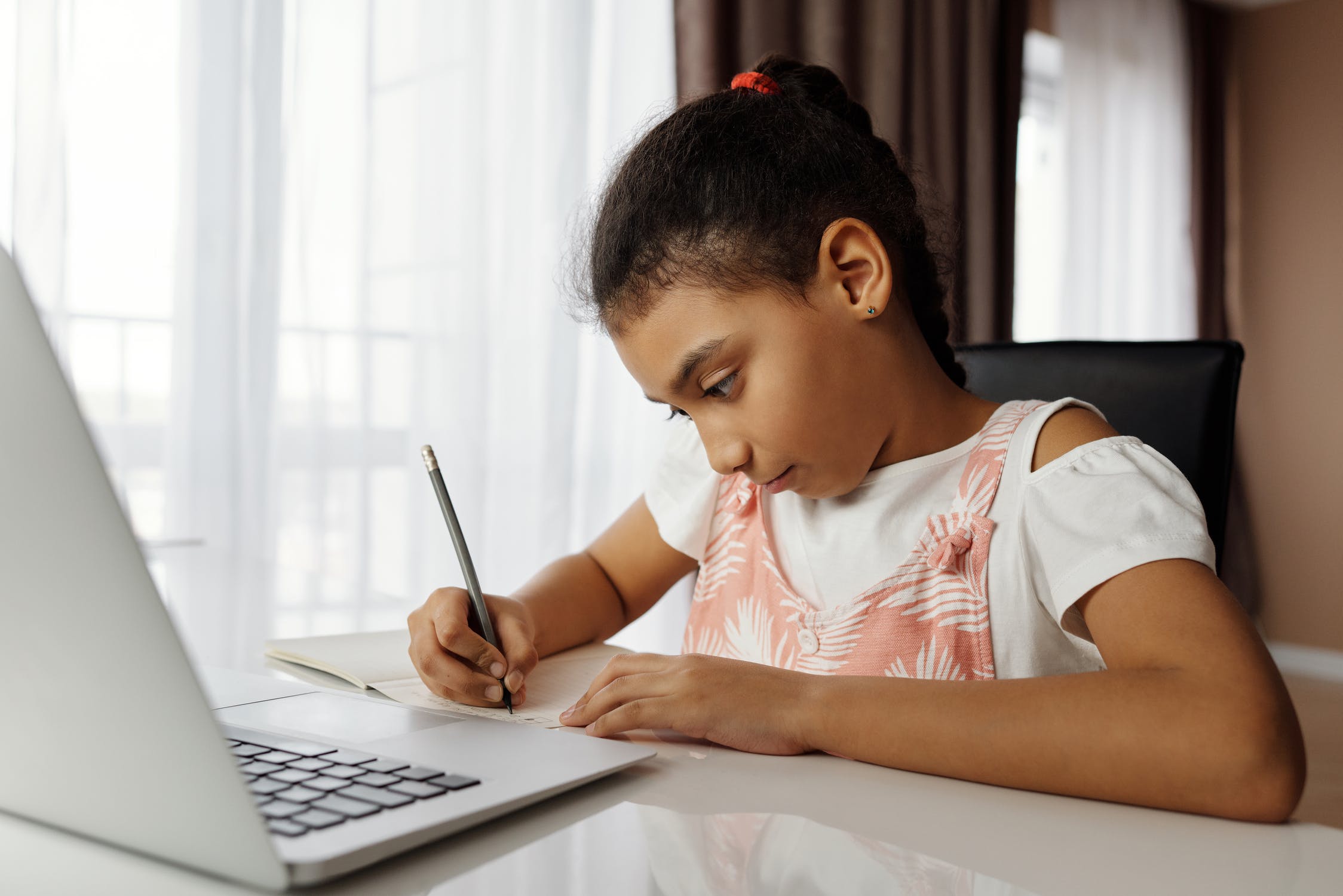
By Dr Tony Mays, COL Education Specialist: Open Schooling
Children learn things naturally. With access to appropriate resources, they can develop sophisticated understandings and competences. However, without careful scaffolding and support, they will not always learn WHAT “The Curriculum” wants or WHEN “The Curriculum” expects them to have learned it. On a physical school campus, the school timetable tells children WHERE they need to be, WHEN they need to be there and WHAT subject they will be learning when they arrive. Once in the right classroom at the right time, typically it is the teacher who then informs the children WHAT they will learn, HOW they will learn it and HOW they will be assessed.
With the closure of school campuses and classrooms due to a pandemic, a flood, an earthquake, or some other cause, teachers are forced to think beyond the confines of the physical classroom to work out how to ensure continuity of learning without requiring teachers and learners necessarily to be in the same space at the same time. The concept of “the classroom” might then be expanded to include a combination of the home, the great outdoors, the virtual world, and possibly even occasional face-to-face contact in a physically distanced common space. This shift may be difficult for many teachers whose own school learning, teacher training and teaching practice have been premised on teachers and learners being in the same physical space at the same time.
There are many issues to consider in trying to effect a shift to the new expanded school classroom. However, three components can be considered key: content, support and assessment. These three key components are inter-related, as illustrated in the following diagram.
As suggested by Figure 1, teachers and learners need access to appropriate content but there must be support for meaningful engagement with that content and feedback from integrated assessment, so that learners, teachers, parents/care-givers and officials can monitor and know what progress is being made and where additional support might be needed.
In most schooling systems, there are textbooks or workbooks that have been prescribed by the Ministry following a rigorous review process. In the absence of direct instruction within a physical classroom, teachers need to provide written, audio or video guidelines on how to engage with the prescribed resources. This can usefully take the form of before, during and after activities, for example, reflecting on prior learning, finding answers to the following questions, and developing a mind-map summary of what has been learned. Then, because a textbook or workbook designed for a general audience cannot possibly meet the needs of every individual learner, the teacher needs to anticipate the popular media or everyday objects that may be available to learners outside of the physical classroom and find open educational resources and develop learning and support activities linked to those.
Outside of the confines of a physical classroom, not all learners need to learn the same things at the same time. It does not much matter if a learner reads Act 3 of Macbeth at 2pm on Monday afternoon or at 2am on Tuesday morning, provided guidelines have been provided on what to do before, during and after reading it. And provided, also, there is a mechanism to ask for help and share ideas, for example, by SMS, email or via social media, and possibly even a weekly tele- or video-conference. And provided also, that there is some guideline on time management to ensure that assignments are completed on time for assessment and constructive feedback. So, there is probably a need to develop a weekly timetable with asynchronous elements, such as independent learning activities and supportive discussion forums and possibly some synchronous elements, such as a weekly video-conference check in and assignment submission. This combination has been appropriately named a semi-synchronous approach.
Many studies have indicated that feedback on well-scaffolded and integrated assessment tasks is a key factor in learning success. But if learners are all learning at different times, the immediate feedback by the teacher, similar to that offered during a face-to-face lesson in a physical classroom, is not always possible. If we cannot expect teachers to be on call 24/7, we need to find mechanisms that can provide some feedback to learners when they need it. Various kinds of quizzes can be useful for this purpose. And given that learning is often cumulative and built up over an extended period of time, the use of portfolios might be considered to build evidence of growing competence while rubrics can be used to support self- and peer assessment. If learners are learning and being assessed in this way, it is not necessarily the case that learners need to take all subjects and be examined on them in the same way, at the same time. While the primary schooling curriculum tends to be highly integrated, at senior secondary level there is very little, if any, overlap between what is covered in History and Mathematics. So why not allow learners to focus on History in September, complete the whole year’s syllabus, complete the assessment and get a micro credential , and then move on to Mathematics in October?
Thus, the notion of a new school classroom also begins to question the notion of what constitutes a new school year.


